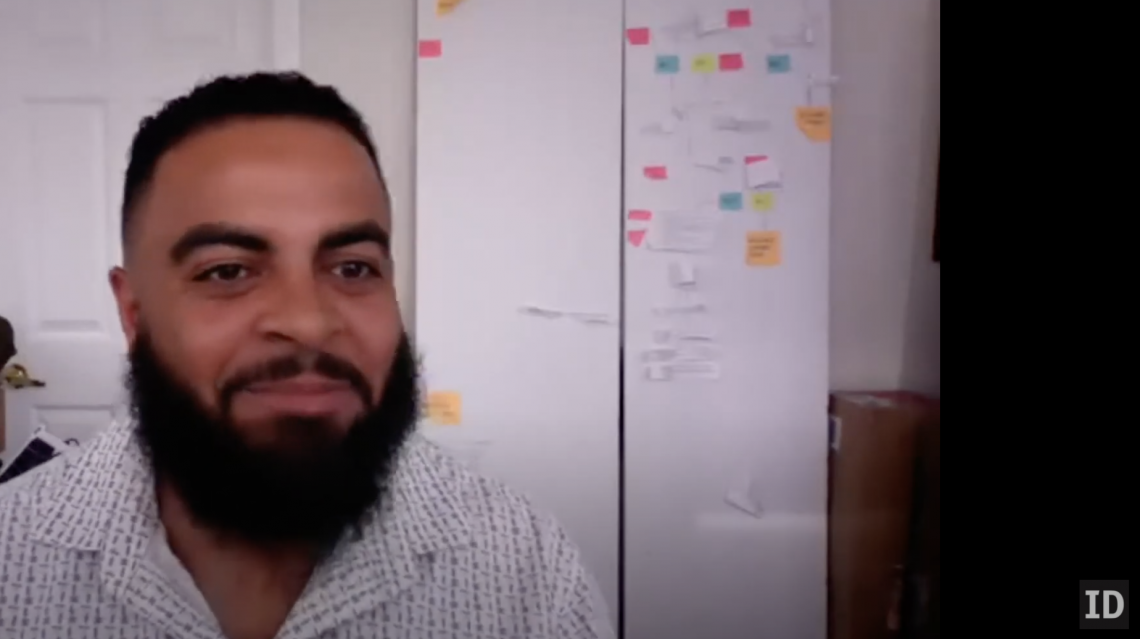The Future Must be Different from the Past: Embracing an Anti-racist Agenda
July 3, 2020

ID professor Chris Rudd led a discussion with Christina Harrington, Norman Teague, and Cheryl D. Miller on advancing anti-racism in the field of design, and how design practices can be used to end systemic racism.
Celebrated graphic designer, Cheryl D. Miller, detailed her historic career, how her brand identity firm defined the civil rights era, and her personal archive at Stanford University.
Designer and qualitative researcher, Christina Harrington, discussed how her work in human computer interaction and healthcare innovation is shifting design approaches in healthcare technologies to address the needs of Black Americans. She laid out clear steps for pracitioners to center anti-racism in technology design.
Chicago educator and industrial designer, Norman Teague, talked about the importance of creating space for Black joy. Through Back Alley Jazz, his project with Fo Wilson, Norman brought together artists, performers, and architects to take over a block in Chicago’s South Shore neighborhood, bringing the Hyde Park Jazz Festival to residents’ back yards.
ID professor and community designer Chris Rudd, discussed 51 Futures, a project with ID students and Boxville Market, which brought design tools to help people imagine and build the future they wanted. Starting with a framework, “The future of ____ has to be different than the past,” the community designed for a future where the perception of Black folks was completely different than the past.
And Chris illustrated how an organization could map its own systems of oppression, an exercise that ID students recently completed.
Following panelist presentations, Chris sparked a dynamic conversation with the following questions.
- “States are now removing confederate statues and companies are removing symbols of racism, but as we see with Aunt Jemima pancakes, design has played a role in creating and making racism digestible. What is the rebel flag or confederate monument of design to you?” Watch the discussion.
- “Around the country, businesses and universities are declaring that they are going to embark on a more racially just path, ID included. So, what do design schools, studios, and the field in general need to do to become anti-racist. No inclusive, not just diverse, but anti-racist?” Watch the discussion.
- “Racism has been designed into every system we know. So, what would it take for design to end racism?” Watch the discussion.
- “Can each of you share something that you learned through your anti-racist design work that can help other designers?” Watch the discussion.
In closing, Chris said:
The Future Must Be Different series is part of ID’s ongoing commitment to anti-racism work. This webinar is the first in a series of events addressing design’s role in this work, extending the traditional design triad of viable, feasible, and viable to focus on solutions that are inclusive, just, and sustainable.